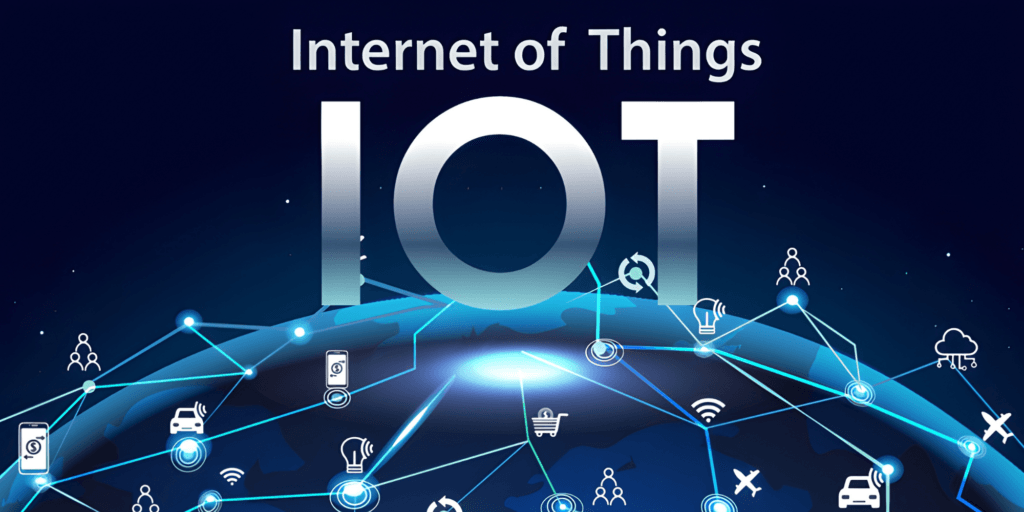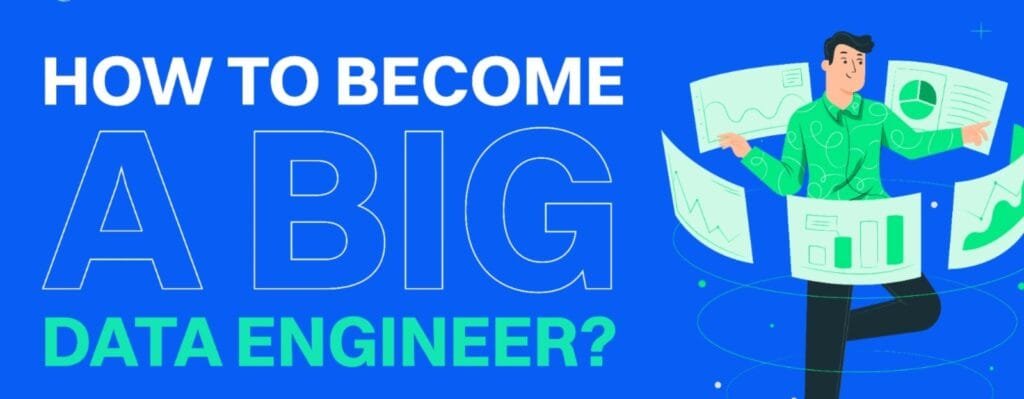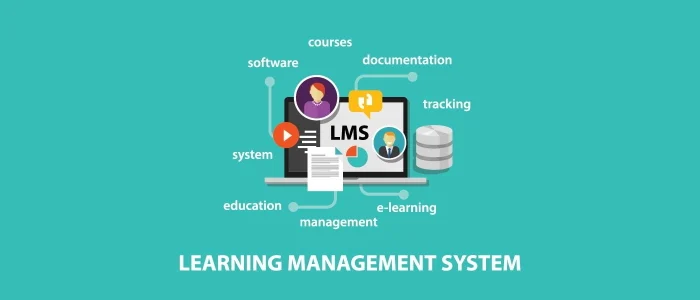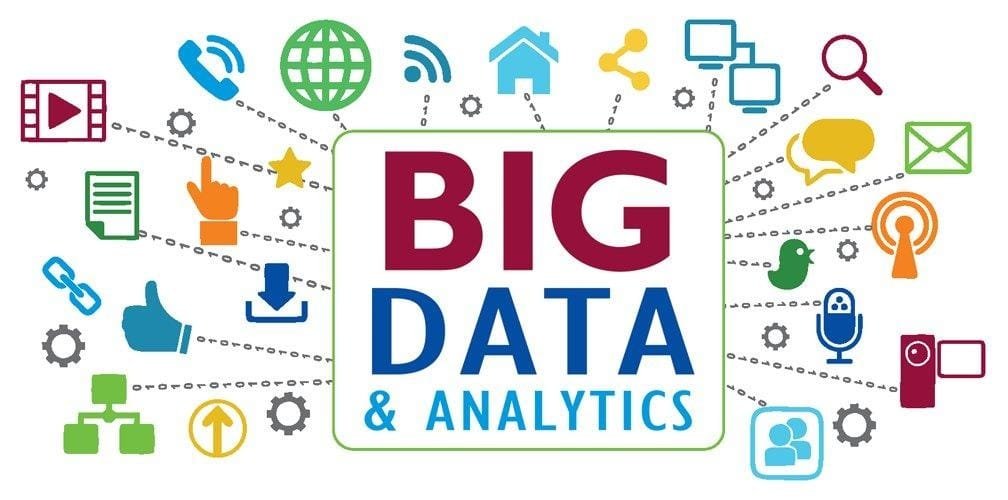How the Internet of Things (IoT) Revolution is Being Driven by Big Data

For quite a while now, a revolution of connectivity has been developing around us.
Through unreliable dial-up networks, the internet in the 1990s could link 1 billion users. Over 2 billion users were able to find information, stay in touch with friends around the globe, and watch videos thanks to the mobile revolution of the 2000s.
By 2020, the Internet of Things could connect 10 times as many (28 billion) objects to the internet, ranging from cars to wristbands.
The Internet of Things, but, what is it?
The Internet of Things (IoT), a network of physical objects that can be accessed over the Internet, is the burgeoning third wave in the growth of the internet. These are commonplace products like dishwashers and cars that have integrated technology that can interact with the environment outside of them or control interior conditions.
Example: A device that starts your preferred TV show as soon as you walk into the room.
The Internet of Things and big data
By 2020, the income from IoT-enabled services and goods will top $300 billion, according to a Gartner study. But this is just the very tip of the iceberg.
IoT will produce enormous amounts of data, and in the modern world, well-analyzed data is tremendously valuable.
This will have an effect on the entire Big Data ecosystem, forcing businesses to quickly improve their existing procedures, tools, and technology in order to handle enormous data volumes and benefit from the insights that Big Data will provide.
How will all of this info be stored?
When discussing Big Data and IoT, the increase in data volume that will strain businesses’ data storage infrastructure is the first thing that comes to mind. To manage this increased data load, data centres must be set up.
Organizations have started to switch from maintaining their own storage infrastructure to the Platform-as-a-Service model, a cloud-based solution, in light of the significant impact IoT will have on data storage infrastructure. PaaS offers flexibility, scalability, compliance, and a smart architecture to store all valuable IoT data, in contrast to internal data systems that must be updated continuously as the data load rises.
Options for cloud storage include hybrid, private, and public approaches. Using a private cloud would be the best option if a company has sensitive data that is subject to any regulatory compliance requirements that call for increased security. IoT data might be stored in a public or hybrid cloud for other businesses.
Businesses must modify their Big Data technologies.
To be able to handle the massive amounts of IoT data that will be coming their way, the majority of organisations will need to adapt their technologies.
The ability to receive events from IoT-connected devices is crucial. Very soon, gadgets will be able to connect to one another by Bluetooth, Wi-Fi, or any other technology, and they will need to use a well defined protocol to transmit required signals to brokers. The Message Queue Telemetry Transport, also known as MQTT, is one of the most extensively used protocols, and The Mosquito is one of the most well-liked brokers (as an added bonus, The Mosquito is open-source).
Find the finest technological platform for storing IoT data after it has been received. Many businesses utilise Hadoop and Hive to store data.
However, because they provide low latency and high throughput, NoSQL databases like Apache CouchDB are better suited for IoT data. These kinds of databases provide flexibility and lack a schema, allowing users to simply add new event types.
The IoT and Big Data job market
In recent years, the two most often discussed technology subjects have been big data and the internet of things. This is one of the main reasons they hold high positions on the most recent Emerging Technologies Hype Cycle from analyst firm Gartner.
Both business and daily life will be transformed by these two technologies.
IDC predicts that by the year 2015, every industry will have implemented IoT activities. Currently, over 50% of IoT activity is concentrated in the manufacturing, transportation, smart city, and consumer applications.




